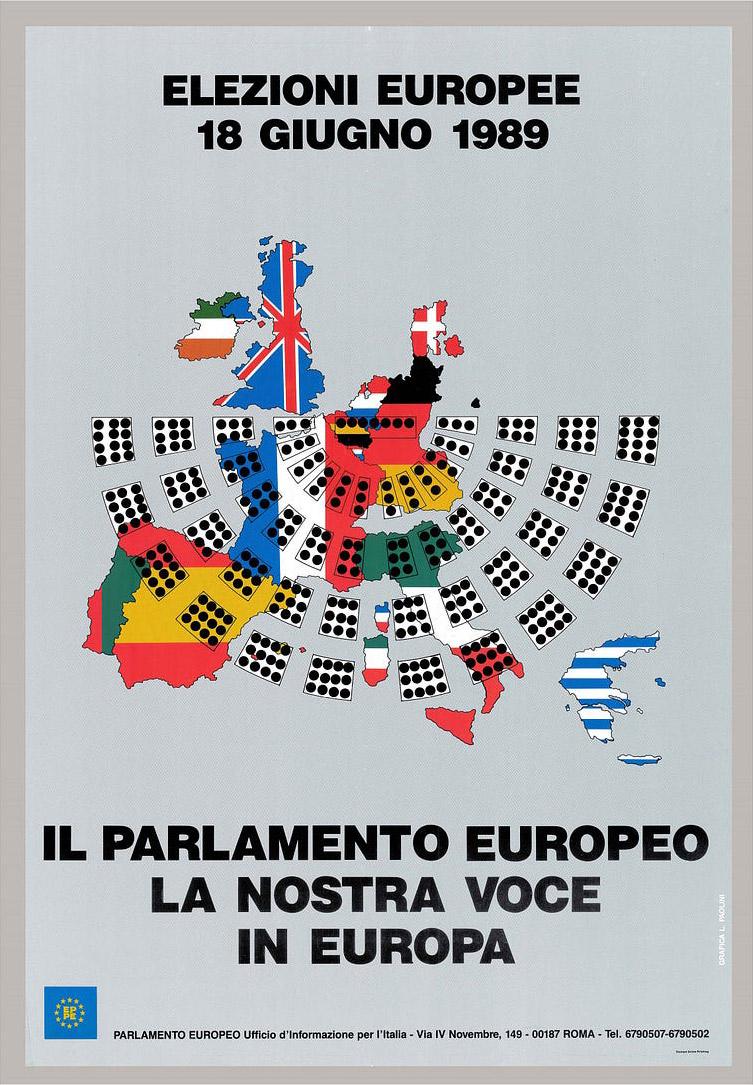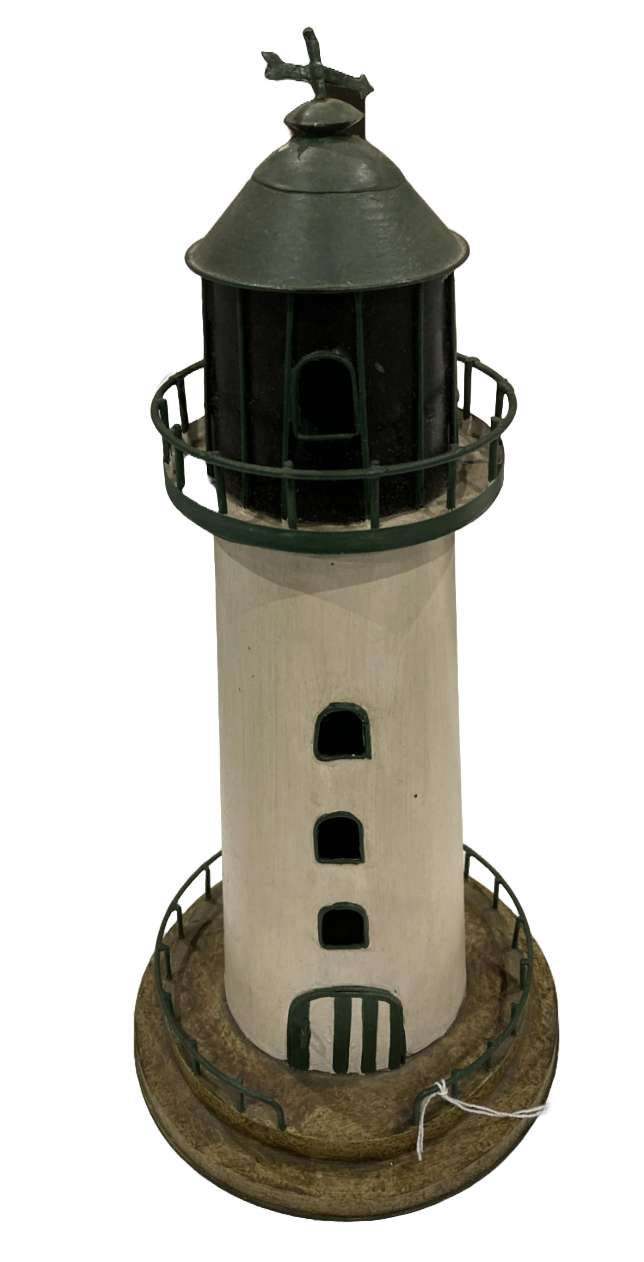
The 1989 election took place in one of the most momentous years in recent history. After four decades of Cold War, marked by the East-West confrontation on the world stage, the Eastern Bloc led by the Soviet Union was disintegrating and central and eastern European countries were swiftly moving towards pluralistic democracy. Within the European Community, Jacques Delors, a former French minister who had become president of the European Commission in 1985, was leading an unprecedented, transformative action.
Drawing in part on Spinelli’s Draft Treaty Establishing a European Union, Delors had successfully seen his European Single Act approved by the Member States, a decisive step towards a European Union, the powers of which would extend over a vast array of policy areas. The third European election therefore took place in a climate of anticipation about this new political entity, which would have the attributes of a fully fledged international actor in external relations and an unprecedented level of internal integration. With the treaty negotiation still ahead, election turnout was around 58 %.
The new parliament elected the Spaniard Enrique Barón as its president. The German Egon Klepsch was then elected president in 1992 for the second half of the term. The new legislature witnessed deep historical changes, such as the fall of the Berlin Wall, German reunification and the robust financial aid to the democratic transitions in central and eastern European countries. It exerted a decisive influence in favour of more integration in the drafting and ratification of the Treaty on European Union, also known as the Treaty of Maastricht. A new Europe was born!

Aid to central-eastern Europe acted as a great catalyst within the European institutions. The team running the Poland and Hungary Assistance for the Restructuring of the Economy (PHARE) programme kept this model as a symbol of their work, as the acronym of the programme matches the French word for ‘lighthouse’.

